We see there are numerous dimples on a golf ball. The curious mind of the beginner golfer or even the pro golfer often want to know that how many dimples are there in a golf ball. Even the normal golf enthusiasts also often have the same question – how many dimples in a golf ball ? Today we will clarify the curious minds. We will also explain the function of these dimples on the golf ball and why are they created. Lets dive deep to the article.
How Many Dimples in a Golf Ball ?
Indeed, there is no precise number because the number of dimples in a golf ball depends on the model and manufacturer. Through our analysis, we found that most golf balls have dimples between 300 and 500.
The number of dimples in a golf ball is 1070, which is a record number. Again, if you check the Pro V1 and Pro V1x models of the famous golf ball brand Titleist, you will find 352 and 328 dimples, respectively.
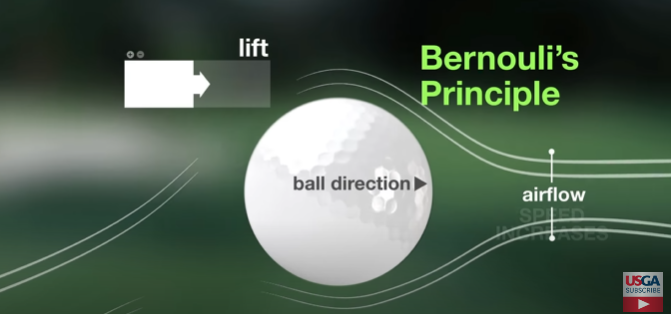
Table of Contents
Why Do Golf Balls Have Dimples?
Ok, we came to know about the numbers of dimples a golf ball has. Lets know why do these golf balls have dimples on their surfaces. There are an interesting scientific reasons. The main reason of these dimples are to get aero dynamic benefit from the ball when it is in flight.
Steve Code an engineer at the United States Golf Association(USGA) explains that dimples are critical for a golf ball’s flight. The presence of dimples reduces drag, enabling the ball to travel farther. As a golf ball moves through the air, the airflow interacts with its surface. Without dimples, the air by the surface would smoothly wrap around the ball. This would lead to a detached airflow behind it. This detachment causes a wake to form, creating a low-pressure zone that acts like a draft, pulling the ball back and slowing it down.
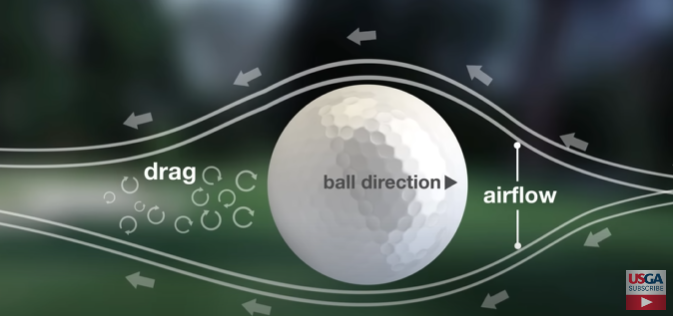
Dimples modify this scenario by creating small pockets of turbulence as air travels over them. These disturbances let the layer of air near the ball’s surface stick more tightly. They mix with faster air from above. This enhanced attachment helps keep the airflow near the ball for longer. It reduces the wake and thus, the low-pressure zone is created behind the ball. This reduction in drag allows the ball to fly almost twice as far than the balls without dimples. Also, the changed airflow affects lift. Lower pressure on the ball increases its lift. All these functions actually work basis on the Bernoulli’s principle.
In essence, even slight changes in the design of these dimples can significantly impact the ball’s trajectory and distance. Experts and manufacturers rigorously test and measure the effects of dimple designs before making any ball ready for the market.
History of Dimples on golf ball's surface
Indeed, the evolution of the golf ball design is quite fascinating. In the initial time, the surface of the golf balls was smooth. In the mid-1800s, golfers used to play with “feathery” ones, which were leather pouches stuffed with feathers, to more durable ones made from molded gutta-percha. After this, a significant discovery was made. Gutta-percha is the cured sap of a specific Malaysian tree. As these new golf balls were used more, they got scratched and nicked. They found that the old rough-surfaced balls gave better flight and less drag.
It is assumed that golfers in Scotland first found that the old balls with rough surfaces performed better than the new smooth-surfaced balls. Players noticed these balls stayed in the air longer than their smoother, newer ones.
This observation led to an intentional change in the manufacturing of golf balls. Manufacturers started experimenting with rough-surfaced ball patterns, eventually creating today’s dimpled patterns.
What are the sizes and shapes of Dimples on Golf Balls?
The size and shape of dimples on golf balls can vary widely, but they are carefully designed to optimize the ball’s aerodynamics. Here’s a breakdown of the common characteristics:
Shape:
Golf ball dimples are usually circular. But they can also be hexagonal, pentagonal, or even unique. The different shapes can affect the ball differently, influencing its lift and drag characteristics.
Sizes:
The diameter of golf ball dimples typically ranges from about 0.1 inches (2.5 mm) to 0.17 inches (4.3 mm). The depth of the dimples usually varies from 0.01 inches (0.254 mm) to 0.02 inches (0.508 mm).
Dimple Coverage:
Manufacturers often aim for dimple coverage of about 70% to 80% of the ball’s total surface. This maximizes the aerodynamic properties without compromising the ball’s structural integrity.
Each manufacturer may use their designs and technologies. They use them to tweak these variables. This enhances performance for different types of play and conditions. It lets modern golf balls go farther and more accurately than older ones.
How Much Does a Golf Ball Weigh?
A golf ball must comply with the standards set by the golf governing bodies, like the United States Golf Association (USGA) and The R&A. According to these organizations, a golf ball must not weigh more than 1.620 ounces (45.93 grams). This is the maximum allowable weight for a golf ball. It ensures fair play in official golf competitions worldwide. Most manufacturers make golf balls very close to this maximum weight limit. They aim to take full advantage of the physics involved in golf ball flight.
Which Golf Ball Dimple Patters Are Right for Me?
Picking the right golf ball with the best dimple pattern depends on many factors. These include your skill level, swing speed, distance, and control or spin goals. Beginners and casual players may benefit from golf balls designed for distance and durability. These balls typically have more prominent and shallower dimples. These dimples help reduce drag and promote a more extended flight, making the game more enjoyable as you develop your skills.
Intermediate and advanced players often choose balls that balance distance with control and spin. These golfers might look for balls with complex dimple designs. The dimples help the balls stay stable and precise in different conditions. In addition, those with higher swing speeds (above 90 mph) might prefer golf balls with more minor, deeper dimples. These dimples can help achieve a lower trajectory and more spin. It’s always preferable to find which dimple pattern works best for your style and needs.
What Would Happen If a Golf Balls Didn’t Have Dimples on It?
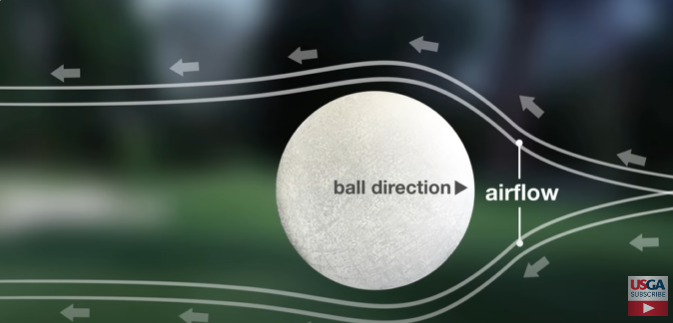
If a golf ball didn’t have dimples, it wouldn’t fly as well. Dimples help in reducing drag. It keeps the air close to the ball’s surface for longer, minimizing the turbulent wake behind it. This makes the ball go farther. Dimples also enhance lift by optimizing how air flows over the ball, helping it stay in the air longer. Golf balls without dimples would have more air resistance. This would make them slower, fall faster, and go a shorter distance. A smooth golf ball would be less efficient and make the game much harder and less fun.
How to care Golf Balls?
Taking good care of your golf balls isn’t just about keeping them clean. It also includes consistent performance in the course. After each game, take a moment to wash your golf balls with some mild soap and warm water. A gentle scrub with a soft cloth can remove dirt and mud from the ball’s surface. Once they’re clean, dry them off to prevent moisture.
It’s also important to regularly inspect your golf balls for any signs of cracks or damage. Check for cuts, deep scratches, or abrasions, as these can seriously impact the ball’s flight and spin. If a ball is significantly scuffed or damaged, it’s better to replace it. Playing with damaged balls can unpredictably alter your game.
When it comes to storing your golf balls, the environment matters most. Please keep them in a cool, dry place, away from direct sunlight. Extreme temperatures can affect the materials inside the golf balls, particularly the rubber core, which might decline their performance. You can store your golf balls in a later or water proof bag at the corner of your shaded room or garage.
Which Golf Balls Have the Most Dimples?
When looking for golf balls with the most dimples, you’ll see a range of options depending on the brand and type of ball. A great example is the Mizuno RB 566, which stands out with its 566 micro-dimples. These tiny dimples sit on top of the regular ones, aiming to reduce drag and keep the ball stable in windy conditions.
Another well-known choice is the Titleist Pro V1x, which typically sports around 348 dimples. It doesn’t have the most dimples, but its design is finely tuned for great performance, making it a favorite among pro golfers.
It’s all about what fits your game best. You might need something that helps with distance, improves your control, or offers better wind stability. There’s a golf ball out there for you. Innovation in golf ball design is a big change, especially in dimple configuration. It opens up the choices for players of all skill levels.
Last Verdict
Finally, the dimples on a golf ball are much more than just tiny depressions. They’re a key feature designed to improve the ball’s aerodynamic performance. Dimples influence how air flows around the ball during flight. They reduce drag and boost lift. This allows the ball to fly farther and straighter. So, when you’re selecting a golf ball, take a moment to consider the dimple design. It could be the edge you need to improve your game. Whether you’re a seasoned pro or a beginner, the correct dimple pattern can make a noticeable difference in how well you play.

John kabi
John Kabi is an engineer by profession. He also has very deep experience in the fied of golf and other sports as he himself is a sportsman. He likes to write on various sports gear and review them for others. He his making product review article almost for 10 years.

7 Essential Tips Every Beginner Golfer Should Know
Though it’s not always simple to get started, golf is drawing more new players than ever before. It is normal to feel uncertain about everything
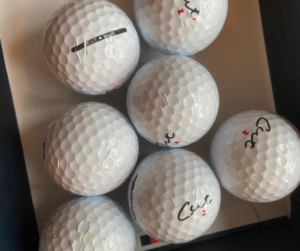
Cut Grey Golf Balls Review 2025: Affordable Performance with Exceptional Value
Golf is one of the most expensive sports, and one of the biggest costs can come from purchasing quality golf balls. With many premium golf

How to Maintain Golf Cart Batteries: Essential Tips for Longevity
Batteries play a crucial role in the performance of a golf cart. Without a healthy battery, you will not get the expected performance from your
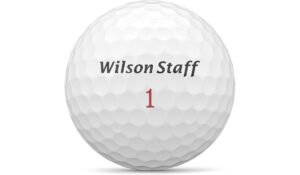
Discover the Perfect Balance of Performance and Value: My Experience with WILSON Staff Zip Golf Balls
Selecting the right ball while playing golf is very crucial. It can make a huge difference in your game. As an intermediate golfer, I try
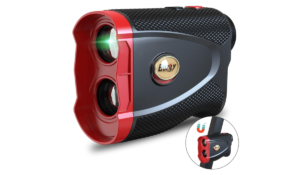
Bozily Golf Rangefinder Review: A Reliable Rangefinder That Surpasses Expectations
Golfers of all levels understand the value of accurate distance measurements. To ensure it, some turn to premium brands like Bushnell or Leupold, and others
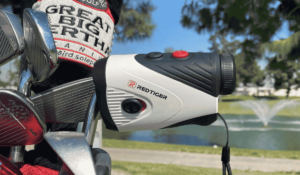
Best Rangefinders for Golf Under $100: Affordable Precision for Every Golfer
Finding a reliable and accurate golf rangefinder that meets all your needs for just under $100 can be challenging. Many golfers assume they have to spend hundreds

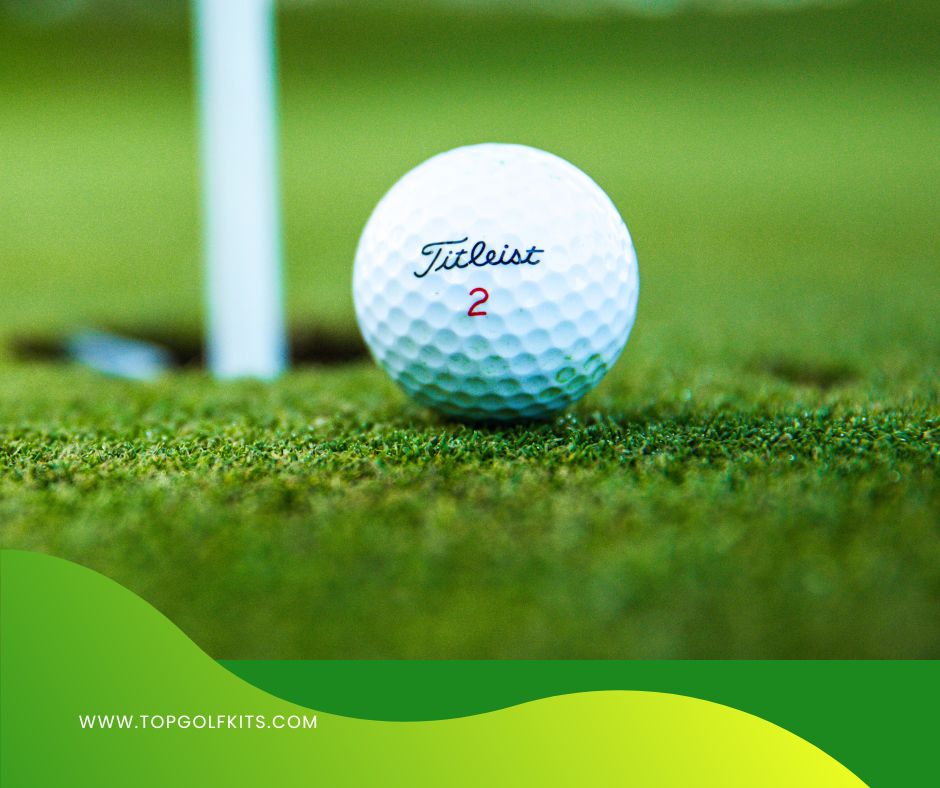

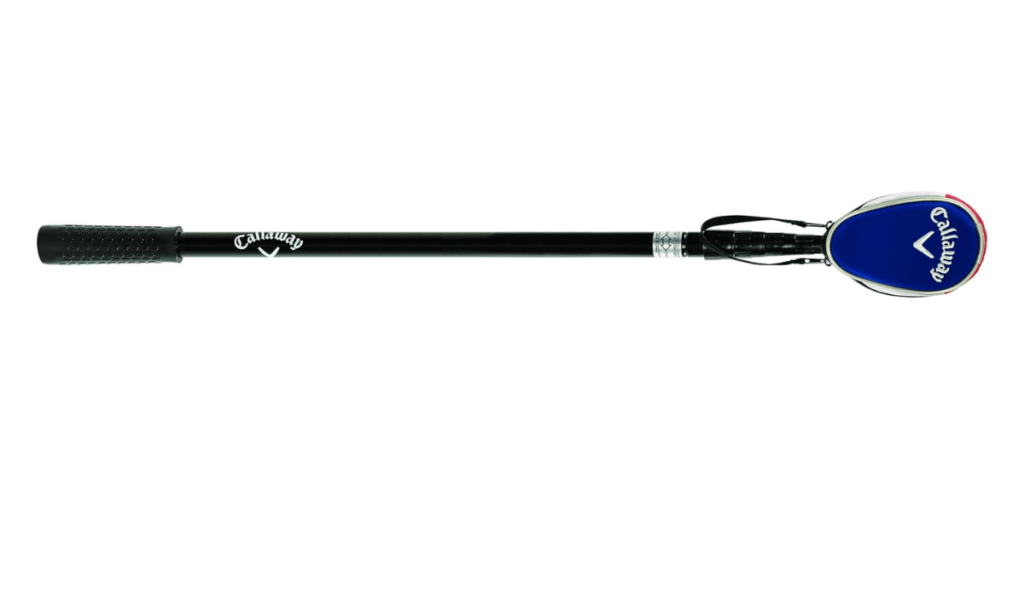
Pingback: Unveiling the Mystery: Why Are Nitro Golf Balls Illegal?